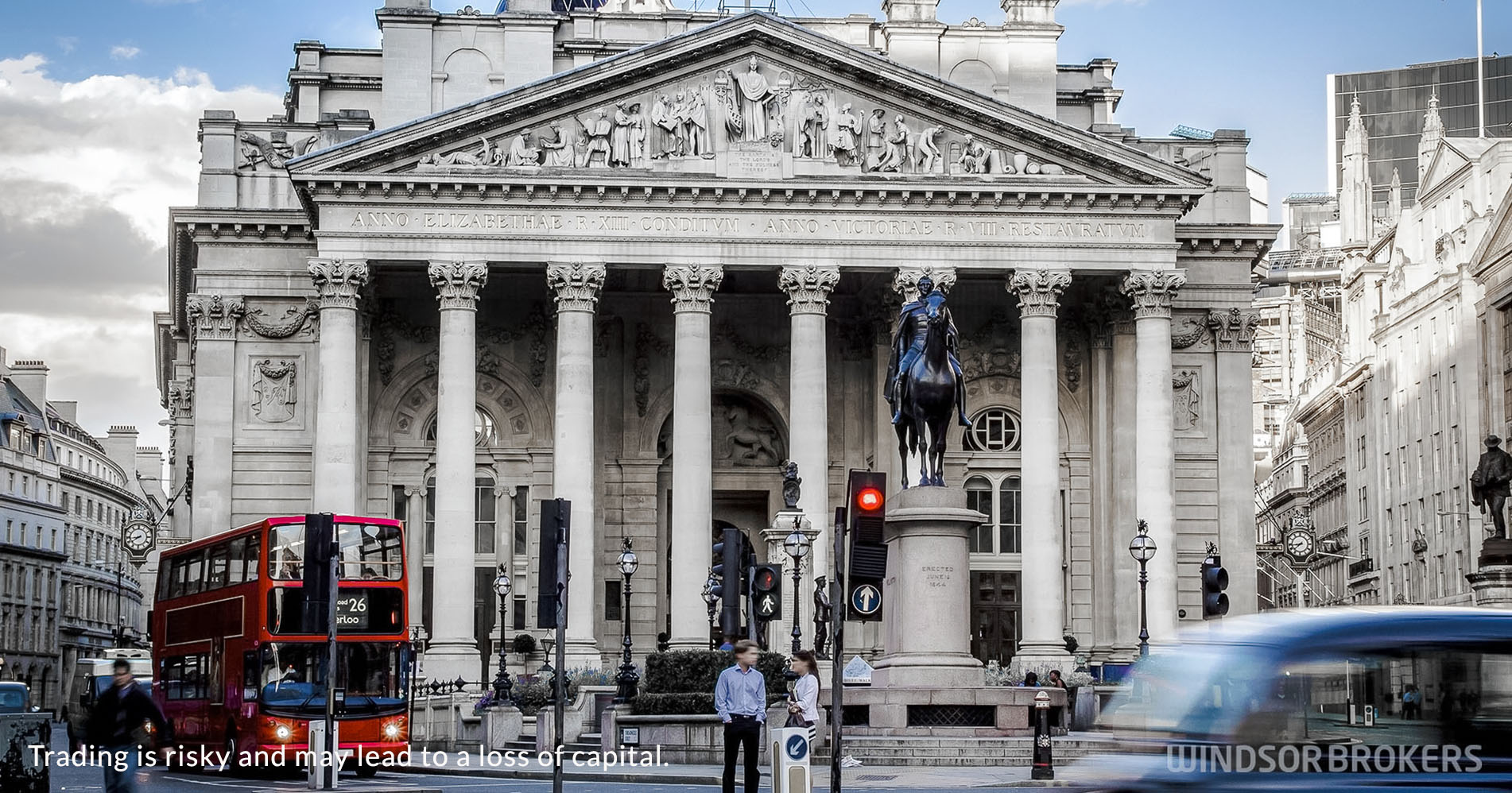Bank of England puts high borrowing cost under review but remains cautious about rate cuts
The Bank of England decided to maintain interest rates at a nearly 16-year high during its last policy meeting, but has opened up the possibility of cutting interest rates in the future, signaling shift is in response to a decline in inflation.
BoE Governor Andrew Bailey mentioned that inflation is moving in the right direction. There is a recognition that inflation has fallen, leading to a change in the central bank’s stance on interest rates.
In an unusual move, the Monetary Policy Committee had members voting for both rate hikes and rate cuts at the same meeting. Six members voted to keep rates at 5.25%, two favored a 0.25% rate hike, and one supported a 0.25% rate cut.
Despite the positive signs regarding inflation, Bailey emphasized that it is too soon to declare victory. The goal is to bring inflation down to the 2% target, and there are concerns about the risk of it picking back up.
Governor Bailey noted a shift in the BoE’s thinking, highlighting that the key question has moved from “how restrictive does BoE need to be” to “how long they need to maintain this position for.”
The MPC dropped the warning that further tightening would be required if persistent inflation pressure emerged. The policy has been kept at restrictive levels since November, and the focus is on how long this stance needs to be maintained.
Britain’s inflation is expected to return to 2% in the second quarter of 2024, contrary to the previous expectation that this would not happen until the end of 2025. Despite a modest upgrade to annual growth projections, there is a belief that Britain’s economy will struggle to generate significant growth in the coming years.
In summary, the Bank of England is closely monitoring inflation trends, considering the possibility of a future rate cut, and emphasizing the need for a sustained restrictive policy stance despite some positive economic indicators.


